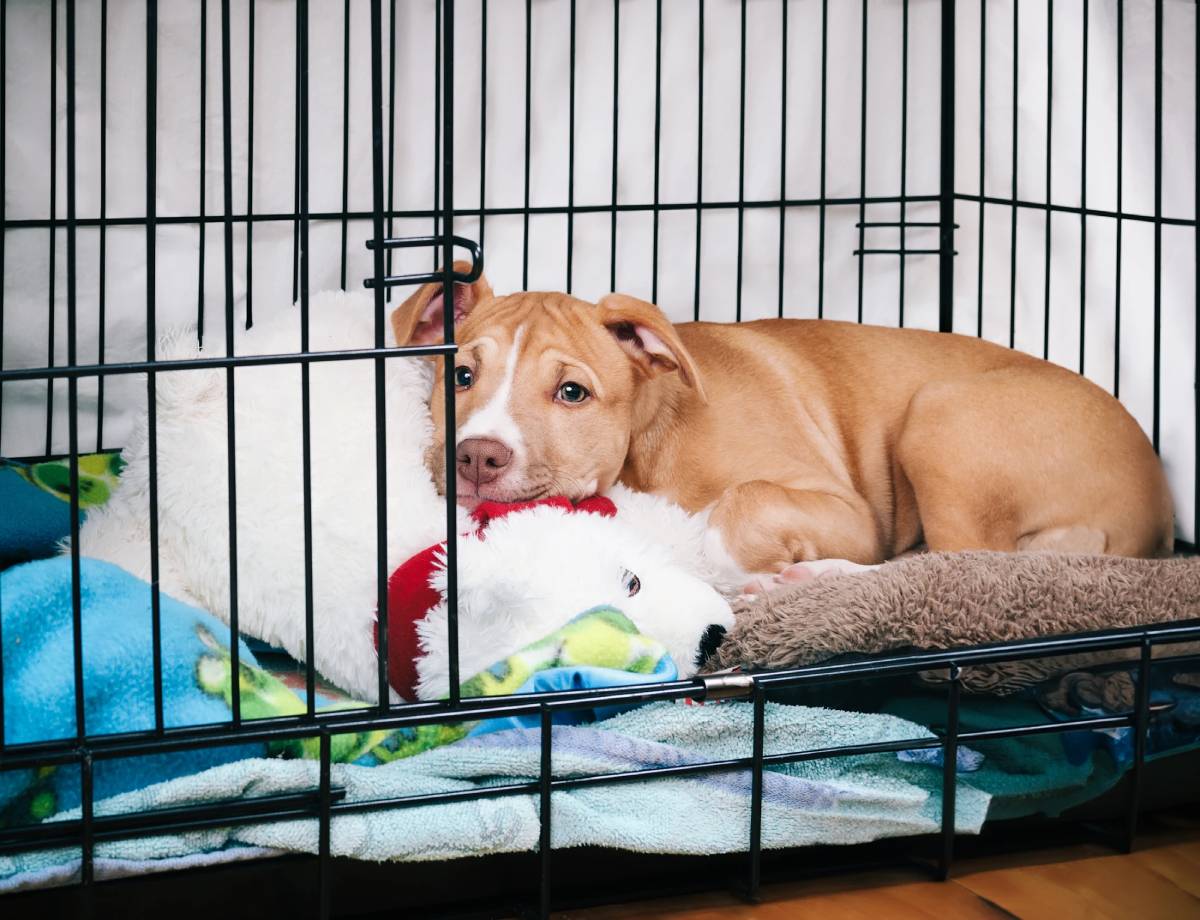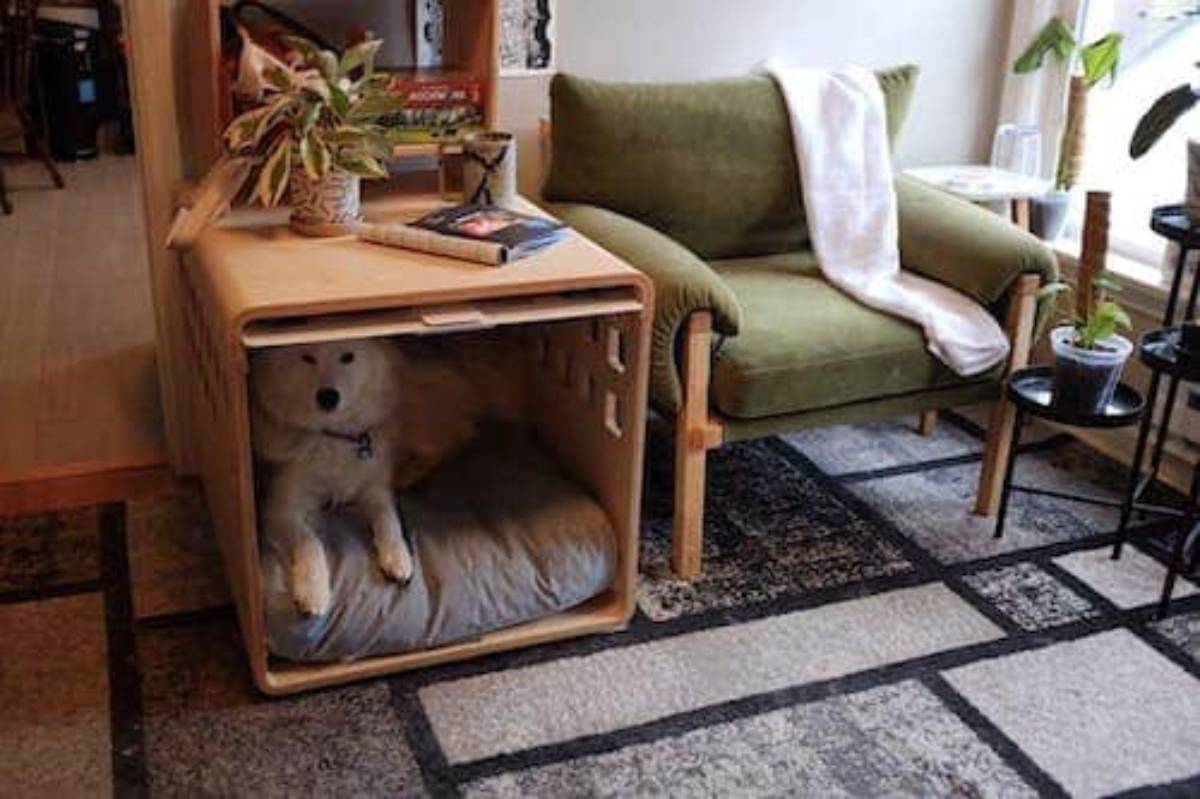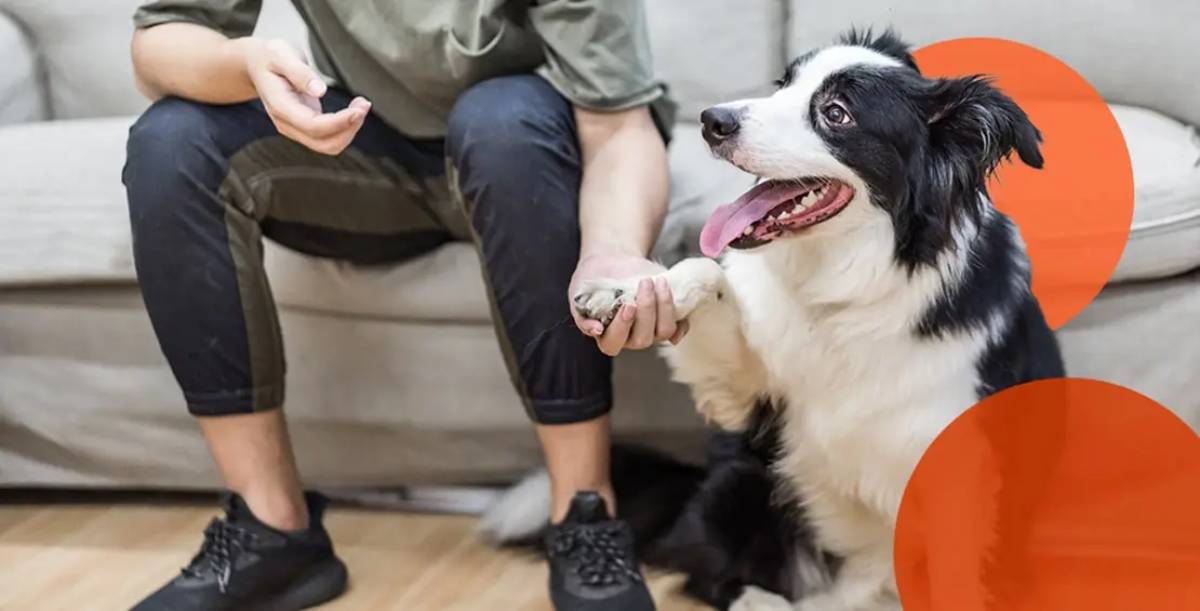
Preparing Your Home for a Rescue Pet: Essential Steps
There’s something incredibly special about choosing to adopt a rescue animal. Whether it’s a dog who’s known hardship or a shy cat looking for a second chance, rescue pet adoption is one of the most compassionate decisions a person can make. But while your heart may be fully ready, your home might need some thoughtful adjustments to ensure a smooth, stress-free transition for your new furry family member.
Adopted pets, especially those from shelters, often arrive with complex emotions. They may be nervous, overwhelmed, or unsure of their new surroundings. That’s why careful home preparation for adopted pets is so important—it helps build trust and lays the foundation for a healthy relationship.
In this guide, you’ll discover practical steps for adopting shelter animals, including how to set up your space, what supplies to have on hand, and how to create a calm, welcoming environment from day one.
Before the Adoption: Planning and Mindset
1. Understand Their Background
Each rescue pet has a story. Some may come from neglect, abandonment, or simply unfortunate circumstances. Understanding this can help you prepare for:
- Shyness or nervousness
- Unpredictable behaviour at first
- A need for patience and consistency
Speak to the shelter or rescue organisation to learn as much as you can about the pet’s past experiences, triggers, and current routine.
2. Prepare Your Family and Schedule
Talk to everyone in the household—children, flatmates, partners—about the commitment involved. Discuss roles, boundaries, and how you’ll handle responsibilities like feeding, walking, and training.
If possible, clear a few days from your calendar after adoption. Being present during the first 48–72 hours helps reduce stress and makes the transition easier.
Essential Home Preparation for Adopted Pets

1. Create a Safe, Quiet Space
Adopted pets often need a secure “base camp” as they adjust. Choose a small room or section of your home where they can retreat and decompress.
Include:
- A comfortable bed or crate
- Food and water bowls
- Toys and chews
- A litter tray (for cats) in a quiet corner
This space should be off-limits to other pets or loud guests at first.
2. Remove Hazards and Escape Routes
Pets in new environments can be escape artists. Double-check:
- Garden fences and gates
- Window and door screens
- Electrical cords, sharp objects, and toxic houseplants
- Cleaning supplies and human food within reach
Securing your home prevents accidents and gives your new pet a safe start.
3. Stock Up on Essentials
Here’s a basic checklist to cover your initial needs:
- Food (preferably what they’re used to—transition gradually)
- Bowls for food and water
- Bedding that’s soft but washable
- Toys for enrichment and bonding
- Collar, lead, and ID tag
- Litter tray and scoop (for cats)
- Grooming supplies (brush, pet-safe shampoo)
- Waste bags for clean-up
Having everything ready in advance helps avoid first-day stress and chaos.
The First Few Days: Patience and Observation
1. Keep Things Calm and Predictable
Avoid inviting visitors or introducing your pet to too many new experiences right away. Instead, keep the environment quiet and stick to a basic routine of:
- Regular meals
- Short walks or playtime
- Quiet periods for rest
Predictability builds trust and security.
2. Allow Them to Set the Pace
Don’t rush affection or force interaction. Let your pet explore and come to you on their own terms. Every animal adjusts differently—some take hours, others need weeks.
Signs of comfort may include:
- Eating and drinking normally
- Approaching you for attention
- Relaxed body language (soft eyes, wagging tail, gentle purring)
3. Introduce Other Pets Slowly
If you have other animals at home, introduce them gradually and under supervision:
- Start with scent-swapping (toys, bedding)
- Use baby gates or leashed introductions
- Never leave new pets alone together until they’re fully comfortable
Monitor body language on both sides to prevent stress or aggression.
Medical and Behavioural Considerations
1. Schedule a Vet Visit
Even if your new pet has been vaccinated or neutered at the shelter, it’s smart to book a check-up within the first week. A trusted vet can:
- Review medical records
- Set up parasite prevention
- Discuss diet and nutrition
- Address behavioural concerns
2. Expect a Settling-In Period
Known as the “3-3-3 rule”, it can take:
- 3 days to decompress
- 3 weeks to start learning routines
- 3 months to feel fully at home
There may be accidents, barking, hiding, or clinginess. Stay calm and consistent—training and reassurance go a long way.
Training, Bonding, and Long-Term Support

Training Tips for Rescue Pets
Adopted pets may not have had previous training—or might have forgotten some basics due to stress. Start with gentle commands like:
- Sit
- Stay
- Come
- Leave it
Use positive reinforcement (treats, praise, play) rather than punishment. If issues persist, consider professional training or a certified behaviourist familiar with rescue cases.
Building a Strong Bond
Connection takes time and consistency. Strengthen your relationship through:
- Daily walks or play sessions
- Grooming or petting (if tolerated)
- Gentle talking and calm presence
- Sharing space while letting them rest or observe
Celebrate small victories—every tail wag, purr, or relaxed sigh means you’re earning their trust.
Join a Support Network
Rescue communities can offer advice, encouragement, and resources. Consider joining:
- Local adoption groups
- Online forums or social media communities
- Support networks through your shelter
These connections are especially helpful in those first few weeks of adjustment.
A Foundation Built on Compassion
Bringing home a rescue pet is about more than opening your door—it’s about opening your heart. With the right mix of preparation, patience, and empathy, you’re not just adopting an animal—you’re giving them a second chance at life.
From creating a quiet space and securing your home to understanding behavioural needs and building trust, every step in the home preparation for adopted pets makes a difference. And in return? A loyal, grateful companion who will enrich your life in ways you never imagined.
Take action today: Prepare your home, gather your supplies, and get ready to welcome love on four paws. Because when you choose rescue pet adoption, you’re doing something truly extraordinary.


